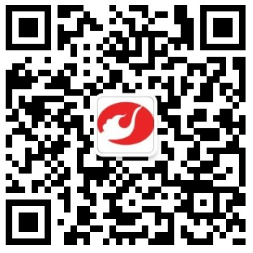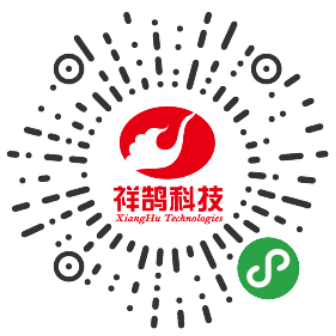Beijing Xianggu Technology Development Co., Ltd
Related websites
Subscribe us
Contact us
Document
300UL Optimization of microwave extraction process of total flavonoids from Moringa oleifera L. and observation of its hypoglycemic effect in vitro
This research was completed by a researcher from the Sichuan Provincial Key Laboratory of Animal Diseases and Human Health, College of Veterinary Medicine, Sichuan Agricultural University. The paper discusses the optimization of the total flavonoid response surface method of the Moringa oleifera and the observation of the hypoglycemic effect in vitro. Journal of
Optimization of Microwave Extraction of Total Flavonoids from Moringa Leaves by Response Surface Methodology. The ethanol concentration, microwave power, extraction time and liquid-to-material ratio were selected as the influencing factors, and the total flavonoid yield was the evaluation index. On the basis of single factor experiment, the quadratic polynomial regression equation of flavonoid yield was established by the combination of 4 factors and 3 levels Box-Behnken center to study the effect of the above factors on the yield of total flavonoids. The results showed that the optimum extraction conditions were as follows: ethanol concentration 58%, microwave power 397 W, extraction time 8 min, liquid to material ratio 59:1. Under this condition, the total flavonoid yield was 3.45%, which was basically consistent with the expectation. HepG2 cells were used to study the hypoglycemic effect of total flavonoids from Moringa oleifera L., and the glucose uptake of the cells was measured for 24 h. The results showed that the total flavonoids of Moringa oleifera L. could promote the consumption of glucose in HepG2 cells under high glucose environment. Under the same concentration, the hypoglycemic activity of total flavonoids extracted by microwave was stronger than that obtained by reflux extraction.

Fig.1/3↑

Fig.2/3↑

Fig.3/3↑
In this study, the extraction of total flavonoids from Moringa oleifera L. by microwave extraction was used to improve the comprehensive utilization of total flavonoids in Moringa oleifera and the industrialization of flavonoids. The extraction process was optimized by response surface analysis. The optimal extraction process of microwave extraction was: ethanol concentration 58%, microwave power 397 W, extraction time 8 min, liquid to material ratio 59:1 (mL / g). Under these conditions, the total flavonoids yield of Moringa leaves was 3.45%. Compared with the traditional reflux extraction, the method has the advantages of short time consumption and high extraction rate. The flavonoids of Moringa leaf can promote the consumption of glucose by HepG2 cells, which has significant hypoglycemic effect compared with the blank group. The total flavonoids obtained by microwave extraction show stronger hypoglycemic activity than the total flavonoids obtained by reflux extraction. It is suggested that the microwave extraction method can not only shorten the extraction time, but also improve the extraction rate of hypoglycemic active ingredients in Moringa leaves.
Accurately weigh the sample, add the solvent according to the conditions of the test design, set the microwave extractor, set the instrument to the microwave power constant mode, magnetic stirring. After the reaction is completed, it is filtered, and the Flavones extract by Microwave Extraction (FME) is obtained. After cooling to room temperature, 1 mL of the filtrate was taken, and the total flavonoid concentration was determined by the above method.






